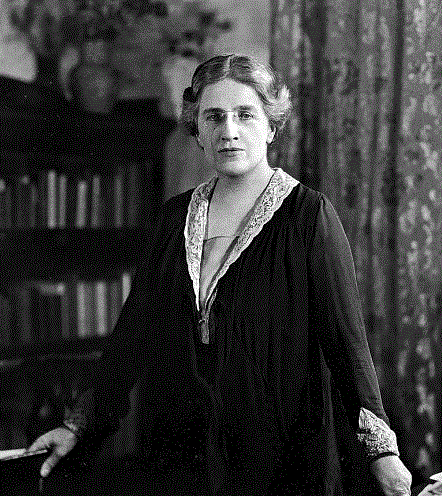
Dr Louisa Martindale championed the cause of medical education for women, worked as a surgeon during two world wars, and was a world-renowned gynaecologist.
Born in 1872 Louisa’s family moved around Europe in her early years, but finally settled in Brighton so that she and her sister could attend Brighton High School for Girls. Her mother, a dedicated suffragist, was determined to secure the best possible education for her daughters, and it would seem she succeeded.
Louisa studied at the Royal Holloway, University of London and the London School of Medicine for Women. She received the status of a full Doctor of Medicine in 1905, a remarkable achievement in what was a profession dominated by men, many of whom were resistant or plainly hostile to women working in the field.
She was the first female GP in Brighton and was at the heart of setting up the New Sussex Hospital for Women in the city, the first of its type in the area.
During World War 1 she worked for some time as a surgeon in Royaumont Abbey, France with the Scottish Women’s Hospital.
Her career took her to London in 1922 as a consultant surgeon, but she maintained her connection with the New Sussex Hospital in Brighton, continuing to treat women and children there until 1937.
Louisa travelled widely, always looking to grow her skill base and knowledge of the calling she loved. This is how she came to be a pioneer of the use of deep x-ray in Britain for treating fibroid uterus conditions and breast cancer. Her interest in radiotherapy continued and she was one of the first in this country to introduce the use of radium for treating gynaecological cancers.
A founder member of the Committee to Study Radiotherapy, Louisa helped to establish the Marie Curie Hospital in 1929 where she was an honorary surgeon.
Throughout her life Louisa wrote about and promoted equal medical education and opportunities for women. In 1931 she petitioned the House of Lords on this issue and was made CBE the same year for her services to the cause.
In her later life her travels often included giving lectures, as she gained international recognition for her work. She continued as a surgeon in London throughout World War II and retired in 1947. It is estimated that she carried out over 7,000 operations during her career.
It is not surprising then that she was suggested multiple times when we asked the public to share a name for our new building. Her medical and educational achievements, her determination and her close links to Brighton made her a natural choice.
Louisa passed away in 1966 aged 93. It is nice to know that in reflecting on her life, she wrote “I have had my full share of love and happiness.”
We hope that recognising Louisa in the naming of our new building at the Royal Sussex County Hospital will help continue the story of this remarkable woman.